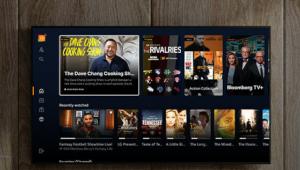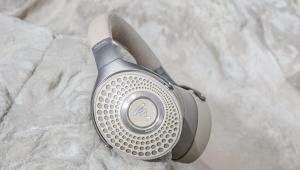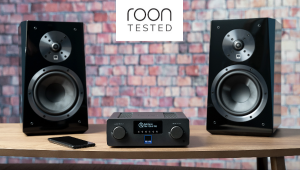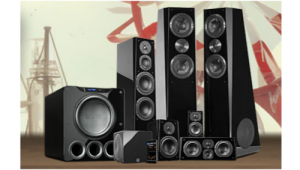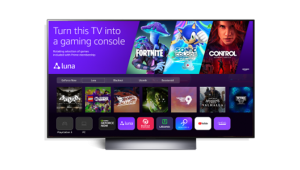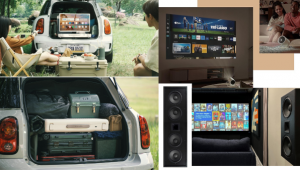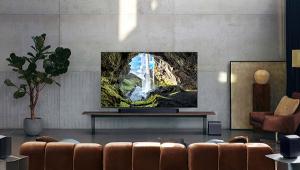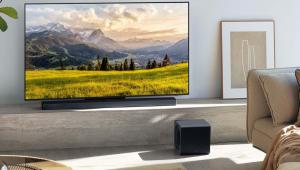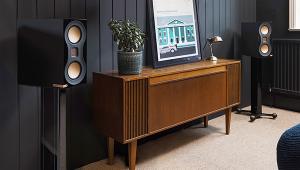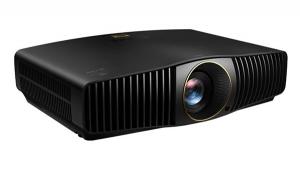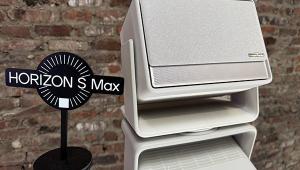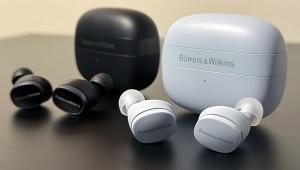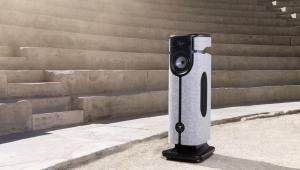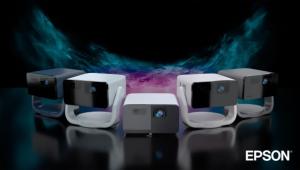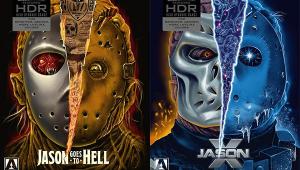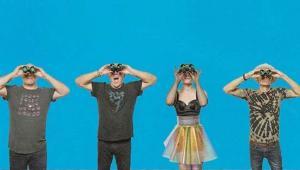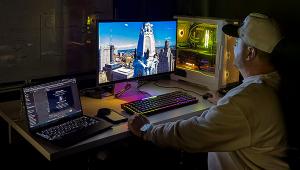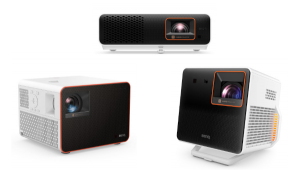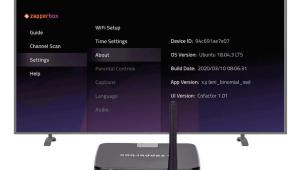Mitsubishi's Illuminating Show
I first saw a prototype of a Mitsubishi laser-based RPTV at its 2006 line show. The development effort behind the design was impressive; the viewing result, at the time, not so much.

In 2008 all that has changed. Mitsubishi demonstrated pre-production samples of laser rear projection televisions—now dubbed LaserVue—at its just concluded spring line show for dealers and press in Huntington Beach, California. The result was a vast improvement over that first encounter. Apart from color saturation that was too ripe (more on that below), the sets had crisp detail (similar to that in other good DLP displays), no obvious rainbow artifacts (no color wheel here), and low noise. Most promisingly, they had excellent deep blacks and contrast as well, at least as far as could be determined from the usual demonstration material. (The flash pictures I took can't fully convey the set's true black levels.) Mitsubishi also argues that laser technology is far more efficient in its use of power than either plasma or LCD.
At the show Mitsubishi had set up an A-B-C comparison, in a dimly lit but not totally dark space, with competitively-sized sets from Sharp (LCD) and Pioneer (plasma—presumably the current, Gen 8, 60" KURO, though the exact models were not specified). The LaserVue design clearly beat the Sharp in many respects (though the resolutions of the two were comparable and the LaserVue's color was more intense). It ran neck and neck with the Pioneer apart from the laser set's higher brightness and more deeply saturated color, particularly red.
Such side-by-side demos in uncontrolled conditions are dicey at best, of course. While I have no reason to think that the sets were adjusted to favor the Mits, even out-of-box settings rarely show any HDTV at its best.
My only reservations, as noted above, revolve around the LaserVue's color performance. According to Mitsubishi, the laser sets can produce "twice the color…[with the] widest range of rich, complex, colors." The LaserVue sets on display did produce some of the most vivid colors I've ever seen on a video display (including an incredibly rich, deep red). But it will take testing to determine if those colors are, indeed, accurate and not just pretty. And we'll need access to the color controls to see how accurately they can be dialed-in if they are, as I suspect, too ripe in the factory settings. I've said it before: If a set takes a source produced one color space (such as the current ATSC color standard) and reproduces it in a wider color space, the result is, quite simply, distortion.
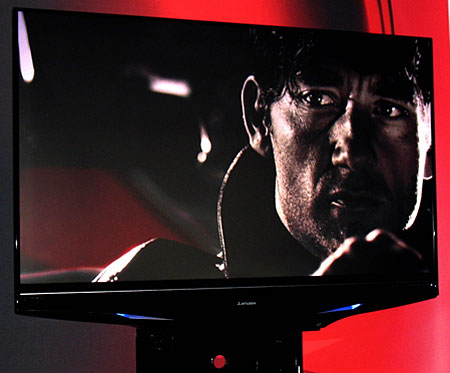
Few additional details on the laser sets were provided. There will likely be two LaserVue models, both of them larger than 60" (diagonal). While not yet specified, the sets appeared to be relatively thin, though as conventional RPTVs they are certainly not hang-on-the-wall shallow.
The LaserVue line should arrive in stores before the fall 2008 holiday shopping season. No prices were announced, only that the sets would be competitive with sets of comparable size using different technologies (by which we assume they mean plasmas and LCDs, not conventional rear projection sets).
Mitsubishi remains a strong supporter of rear projection, even of the non-laser variety. It launched seven new rear projection DLP sets ranging from the 60" WD-60735 at $1,799 to the top-of-the-line 73" Diamond WD-73835 at $4,699. Availability starts this month (April 2008).
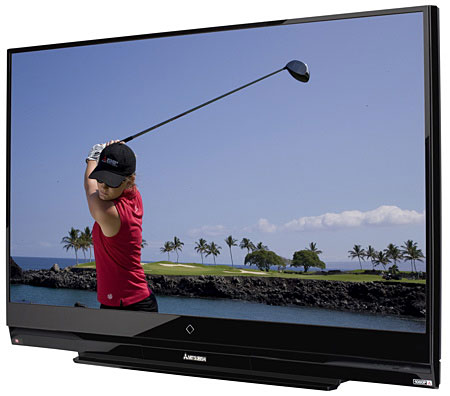
Note those sizes; all of the new non- LaserVue Mitsubishi DLP RPTVs are either 60-, 65-, or 73-inches, including the 73" WD-73735 at $3,199. If you want a big screen set and can't accommodate a front projector and screen, a rear projection set remains your best buy. This is true despite the fact that of the major players in the HDTV market, only Mitsubishi and Samsung continue to support this technology, now increasingly unfashionable with the ongoing flat panel mania.
Mitsubishi is also a supporter of 3D on home video, and ran an effective demonstration of that capability on one of its conventional DLP RPTVs. Whether or not 3D video leaps to any significant home use beyond its obvious application for video games remains to be seen. For me, it's fun for a few minutes, but would be distracting for more than the occasional full-length film. It also reduces brightness and may sacrifice full HD resolution as well, two things I'm not willing to give up.
But Mitsubishi hasn't put all of its eggs in the rear projection basket. It also launched seven new flat panel LCD sets in three separate lines (148, 149, and 246), from the 40" LT-40148 at $2,499 to the 52" Diamond LT-52246 at $4,499. All of them offer Mitsubishi's Smooth 120Hz Film Motion, with the 246 series adding Variable Smooth 120Hz Film Motion. The new Mitsubishi's LCD HDTVs will be available beginning in May.
- Log in or register to post comments



